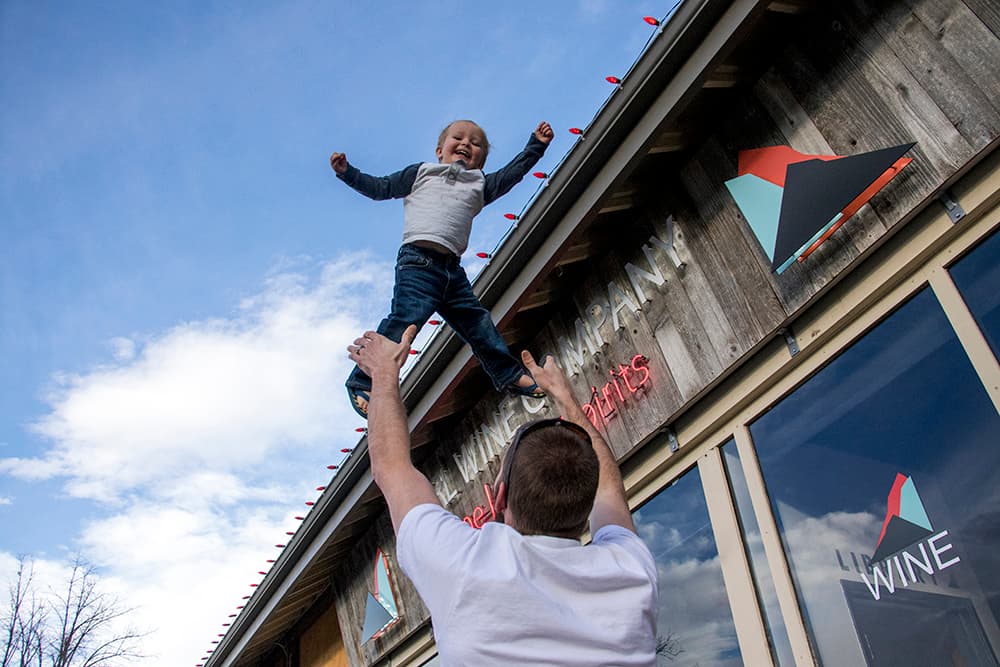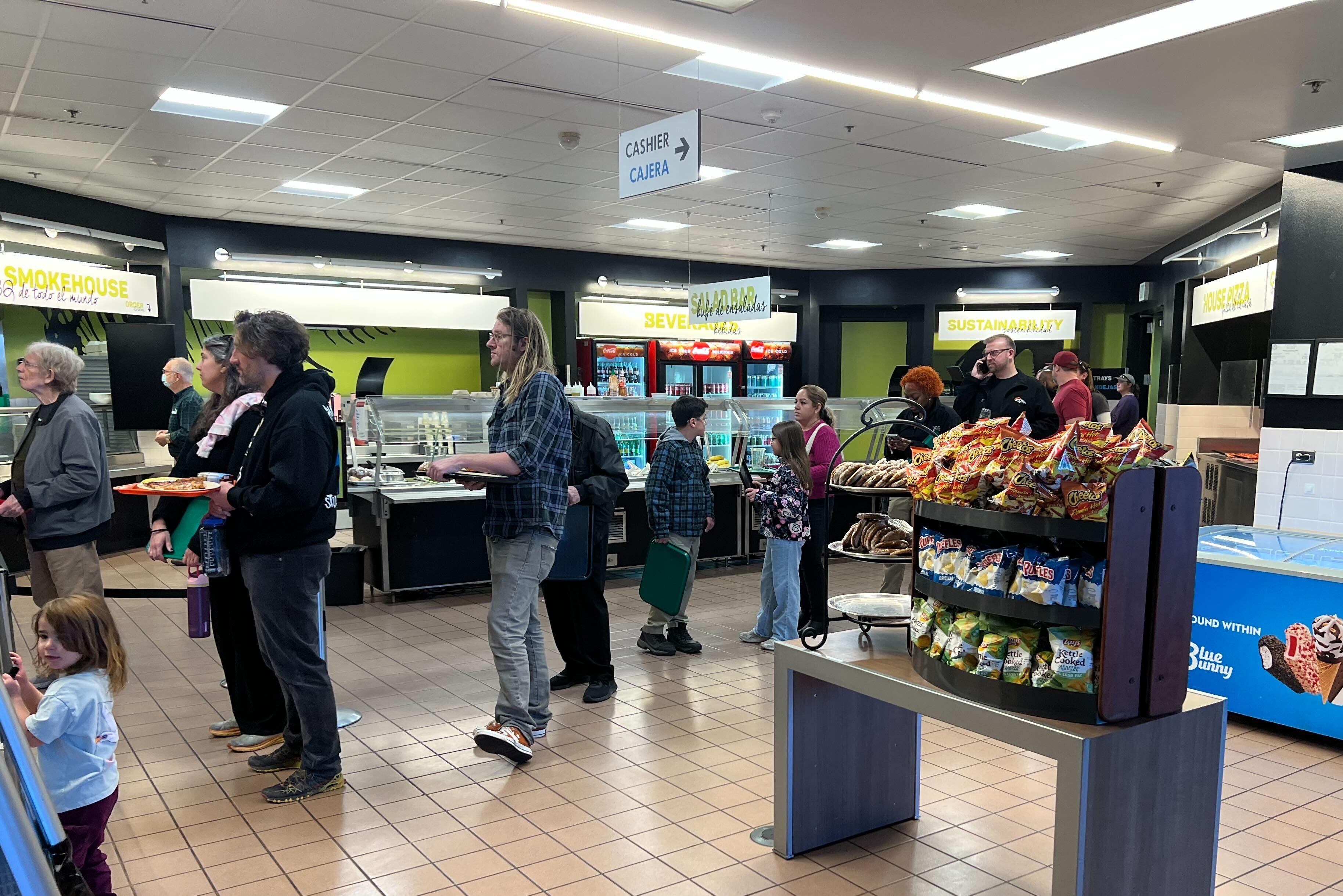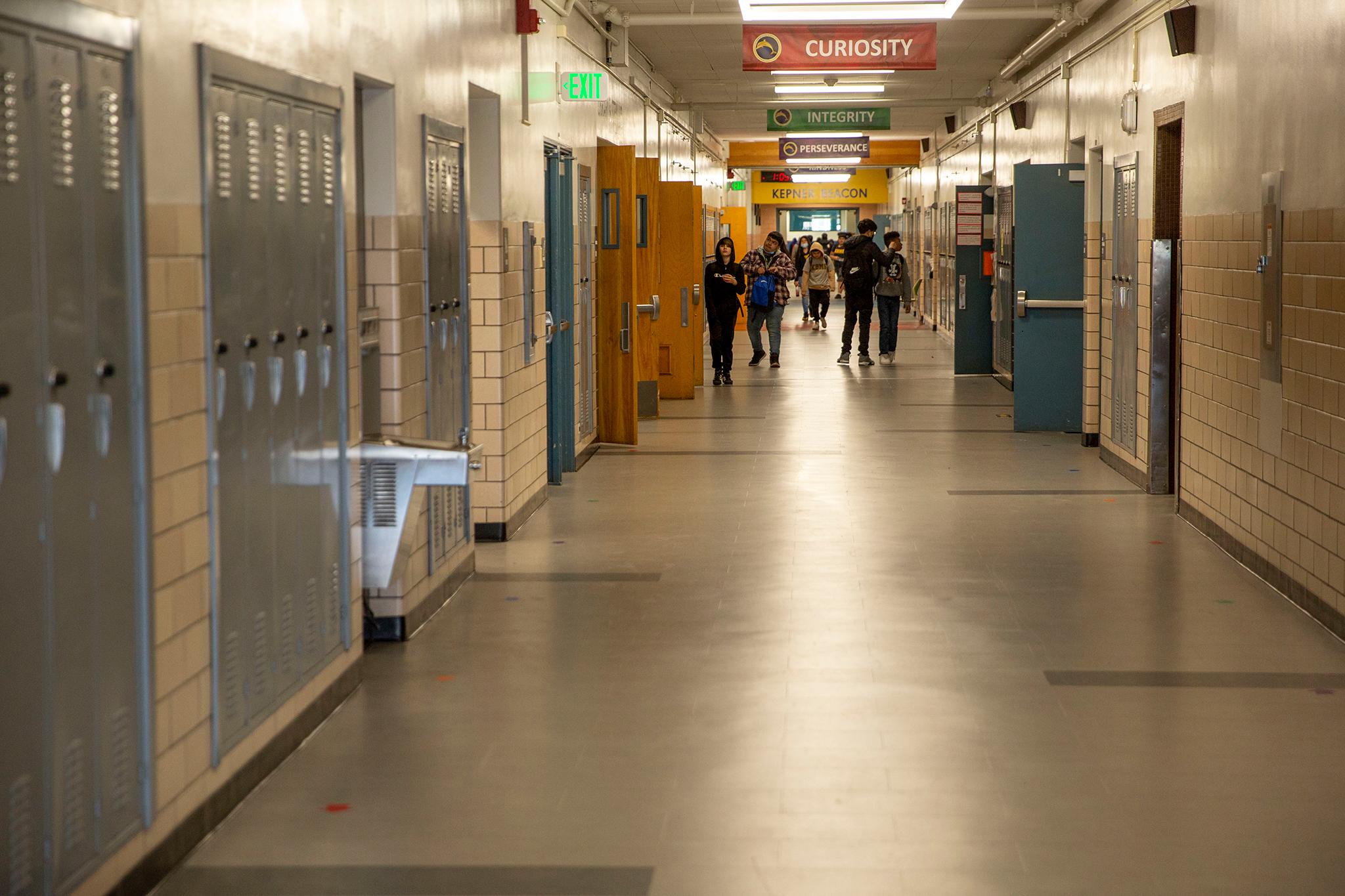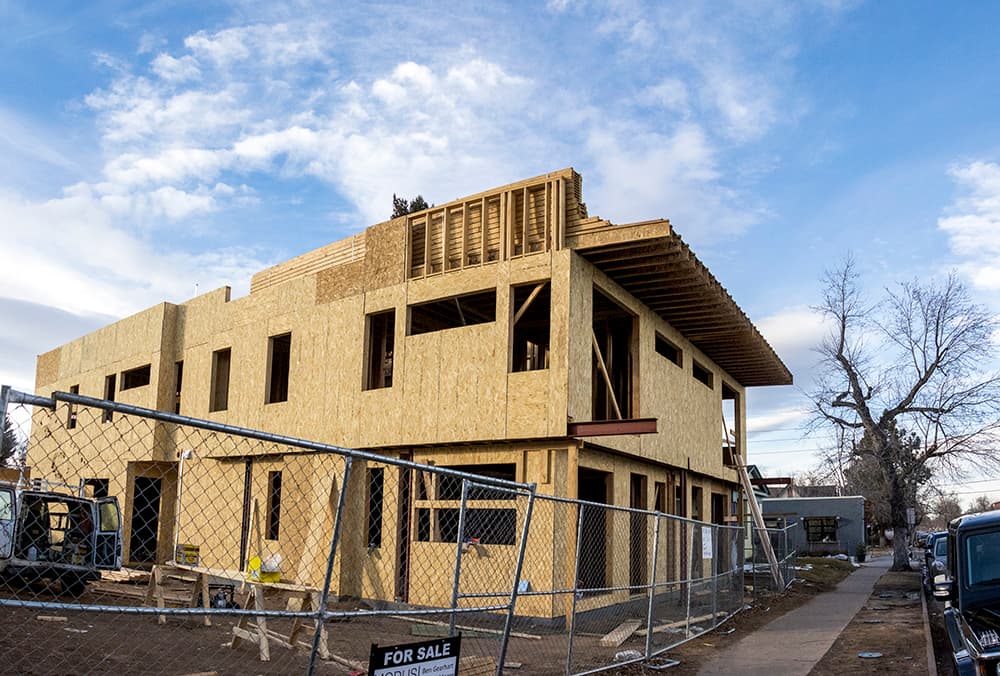
On a sunny patio, two dudes' golden beers catch the Wednesday afternoon light.
A fluffy little dog waits outside a boutique just down the block. "Wine is my valentine," declares a mannequin's T-shirt. There are yoga pants and strollers, a tree wearing a sweater and an acting studio called Namastage Theatre. A Lycra-clad man on rollerblades sails past a vintage Peugeot with houndstooth seats.
This is South Pearl Street in 2018 -- a snow globe filled with real-estate broker's dreams, an absurdly successful commercial district in a once-sleepy residential neighborhood.
It checks every box in the "hot neighborhood" checklist, from its light-rail stop to its "eclectic" mix of shops and restaurants. Now it faces a wave of new development, and with it some big questions: Are new apartments a threat or the future for small commercial districts? Can you retrofit a historic residential area for transit and housing? And if you make it all work, who will it really serve?
"Old South Pearl Street is under threat," said Councilman Jolon Clark, "of being very different if you blink your eyes a couple times."

Pearl Street has had its ups and downs.
It's one of Denver's streetcar suburbs, the commercial clusters that formed around the city's original transit system in the 19th century.
The surrounding Platt Park neighborhood was part of "South Denver," an independent town, when the trolley line arrived in 1893. Just like today, the arrival of transit spurred new construction, though the silver crash of the same year eventually caused South Denver to give up and join Denver proper.
By the 1970s, the street was looking less glamorous. One of its only restaurants, The Dinner Bell, served steak and eggs from a home stove, while a 3.2-percent beer joint offered legal drinking for DU students, according to longtime local Billy Bob McCoy.
For years, the hip crowds headed to Gaylord Street instead -- but Pearl's resurgence began with the arrival of Sushi Den in 1984, as the legend goes. "Oh, oh, when Toshi (Kizaki) got here — he put it on the map," McCoy said.
Thirty-four years later, the street is home to a culinary complex that might be too good, at least for some people's preferences.
"A lot of the folks in the neighborhood, or the most vocal folks, aren’t particularly big fans of Sushi Den and its sister restaurants there, I think because of the amount of traffic it brings in," said Ben Schumacher, a Platt Park resident.
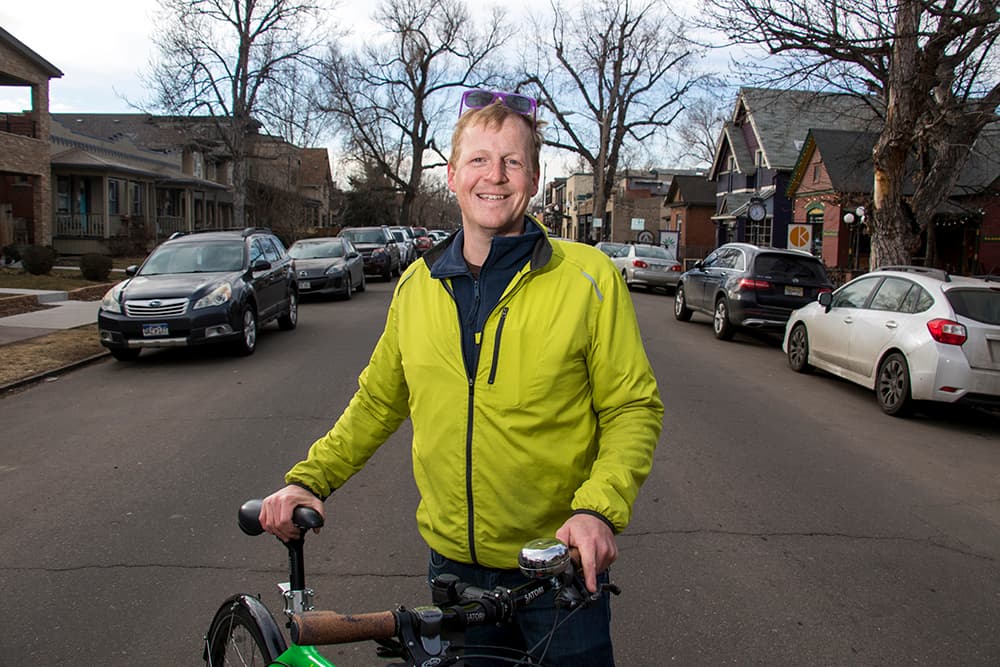
On weekend nights, visitors' cars weave between the parked cars on South Pearl and its neighboring blocks. Mary Pritchard, a resident since 1984, said the traffic even seemed to increase when she and her husband left for a six-month trip late in 2015.
"The traffic was noticeably different in that six months," she said.
This neighborhood concern became a big thing for city leaders a couple years ago. City rules established in 2010 allowed new buildings to arrive on Pearl and other "main streets" without built-in parking spots, and developers had started taking advantage of it.
Urbanists argued that parking is an expensive waste of space that encourages people to drive cars, but neighbors feared that the public streets' free parking would fill up with other people's cars.
The pro-parking people ultimately won that round, convincing city council last year to require parking on South Pearl and similar strips.
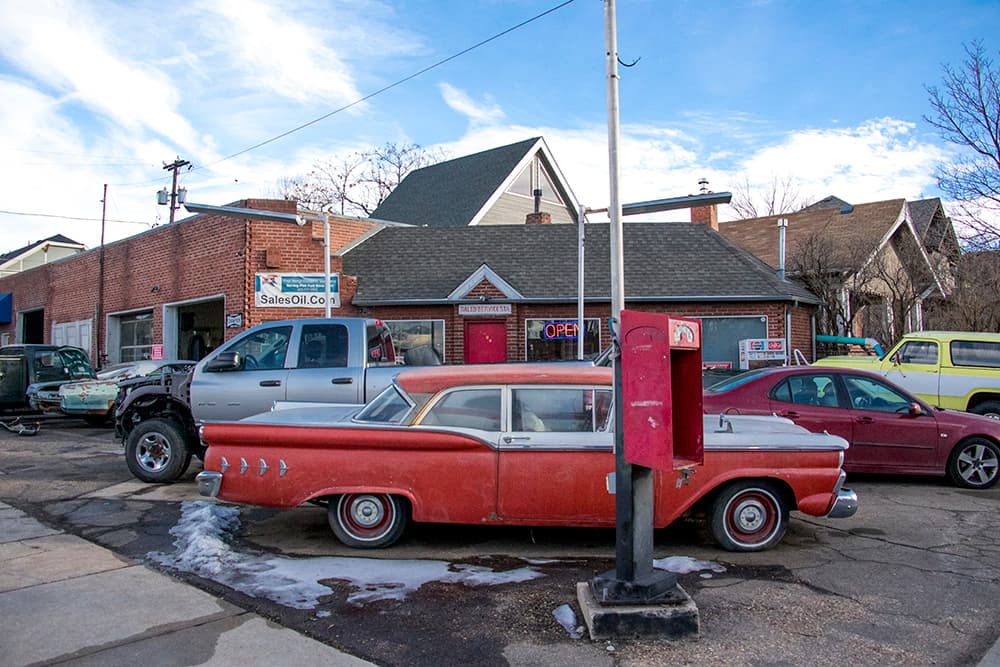
Somehow, that didn't solve everything.
The owners of Sushi Den have offered a solution to that parking problem -- and, ironically, it has turned into part of the newest Pearl Street debate.
In 2016, they opened a sizable parking garage for visitors. It seems to have eased up the parking situation, Schumacher said, but it was a pretty divisive moment for a neighborhood that also treasures its history.
"It's not the most attractive building, by any means," said Schumacher, himself a bike commuter.
"I was heartbroken that they took down a historical building, a beautiful old brick building. I don’t know if anybody really wanted a parking structure," Pritchard said.
It was a sign of what was to come: Development is changing the face of the street, pushing buildings to the curb and up to the 35-foot height limit.

Mark Gill, president of the South Pearl Street Merchants Association, said that some degree of redevelopment is "desirable," but it also brings a threat: Developers are really interested in apartments right now, but a lot of Pearl Street's charm is its commerce. Neighborhood leaders fear that storefronts and restaurants will be overwhelmed by residential development.
So, they have a plan.
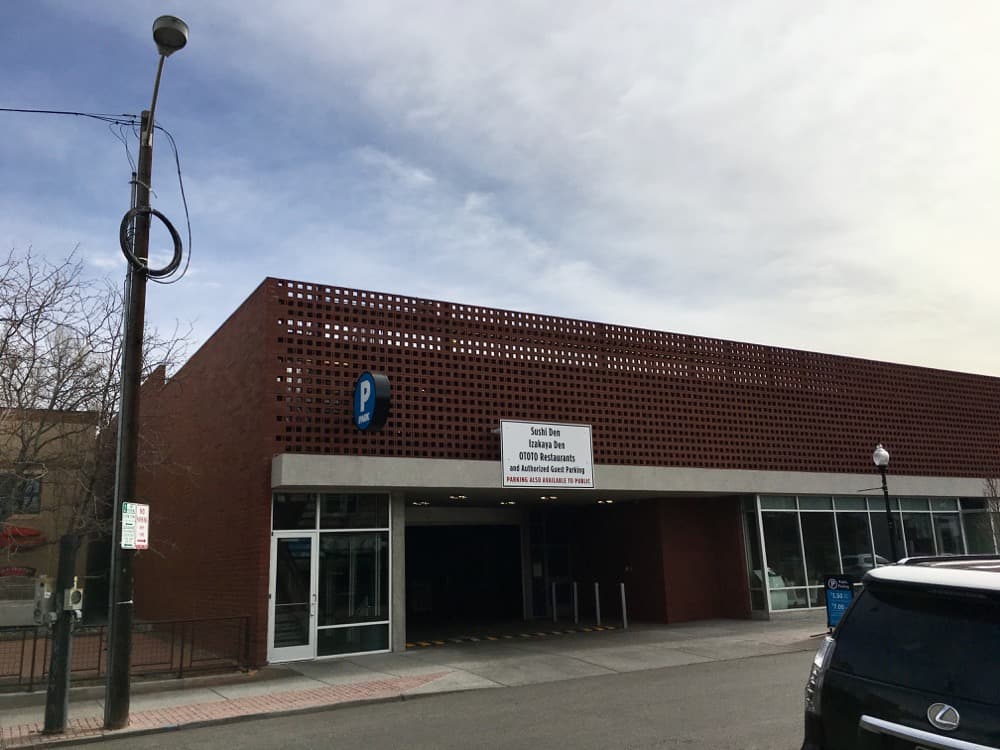
In 2016, a real-estate broker bought the sites of a restaurant and a cycling business -- one of them a classic shopfront and the other a historic home.
"He was going to demolish them and build this very modern little office building, which didn’t have any ground-floor activation," said Jamie Licko, a Platt Park resident who's also heavily involved in neighborhoods around the city. "It was right in the middle of Pearl Street. I was horrified by it."
While that plan never materialized, the development's still coming: One building of "micro" apartments is close to done. Another just started construction, and up to five more are in the works, Licko said.
"You could have a couple hundred apartments in three properties on Pearl Street," said Councilman Clark. "What happens when there's no more commercial on Pearl Street?"
While the residential boom hasn't bitten much into existing business, Licko argues that it's cutting down on the block's potential. "You're losing ground-floor retail space in favor of shoving as many micro units onto a lot as you can fit," she said.
In response, some neighborhood organizers are coalescing around an idea: They could create rules that require developers to include "active" first floors, especially storefronts, along Pearl's business blocks.
They'll likely propose a "design overlay," which would basically set extra requirements for the appearance and form of new buildings in a specific area. The Pearl Street organizers have a $5,000 grant from Historic Denver to advance the idea, Licko said.
"Continued change is inevitable. The idea of the design overlay is to kind of protect the golden goose," Gill said.
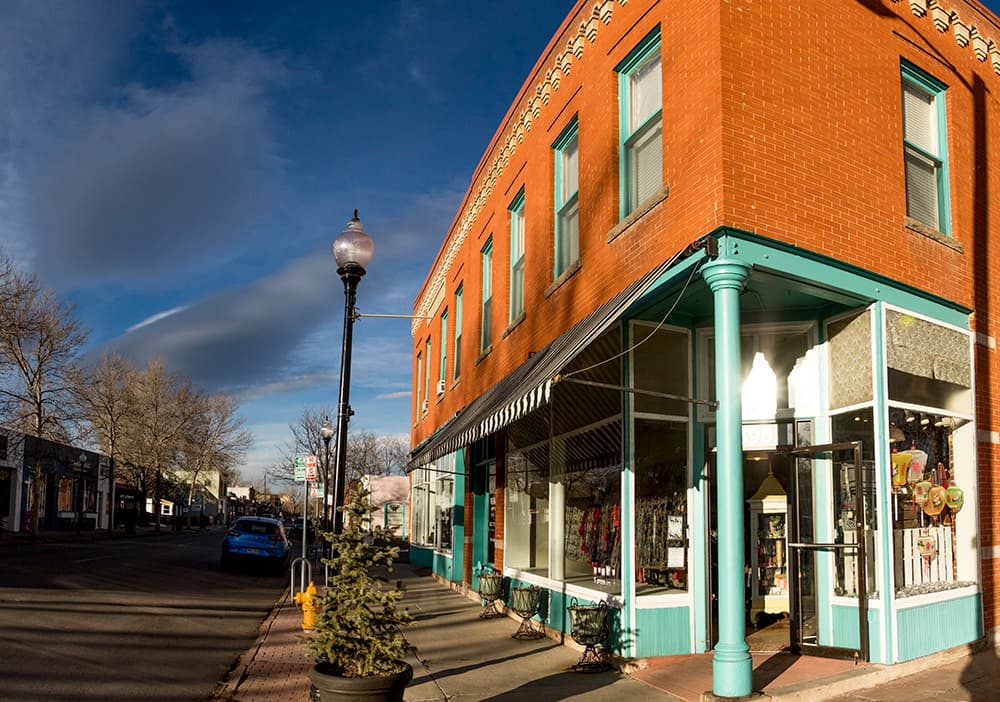
More than just a bit of local activism, this is an issue arising on commercial strips around the city.
Tennyson Street, for example, has seen a series of residential-only apartment buildings, according to design critic Brad Evans. Jefferson Park residents also want to require more commercial space as a way to slow the spread of slot homes near Federal Boulevard.
"The challenge that we face, that is not unique to Pearl Street and is now seen over and over across the city is, main-street zoning creates an open door for bad development to happen on 'Main Street,'"Licko said.
So, the design overlay could be a spot fix with a specific goal. It also could bring some auxiliary effects: More room for parking and commercial would mean less room for people to live, especially since South Pearl leaders aren't interested in letting buildings rise above the current 35-foot limit.
(It's worth noting that the blocks around the Louisiana & Pearl rail station itself are zoned for a slightly denser three floors.)
The overlay planners hope to submit the idea to city staff in June. It would have to be approved by Denver City Council.
Bigger questions:
Pritchard, 69, said she's come around to the idea of a less auto-centric Pearl Street.
"Initially, I thought it was just awful," she said of the no-parking apartments. Now, she's coming around to the idea that "people will think twice about whether they need a car or not."
But even if Pearl can perfect its development mix, its residents will still be left to grapple with the changing makeup of a once-affordable neighborhood.
"They changed from $15,000 properties to $1 million properties," said McCoy. As the property owner of the Kaos Pizza building, this has benefited him -- but it's not all roses, he said.
"Your taxes go up, your insurance goes up — you get in this amazing neighborhood without moving, but it costs you," he said.
Today, the neighborhood is 95 percent white people, with nearly 47 percent of residents between the ages of 25 and 44.
Schumacher has seen his home double in value since he bought it in the early 2000s, he said. The spike is driving away enough young families to threaten enrollment at the area's schools, he said.
"It was really sad to see these kids and these families move away, and to see our neighborhood become less affordable," Schumacher said.
So, for some people, the good vibes feel a bit temporary.
"It's kind of weird," said Haley Banks, 21. She and her husband, Connor, have been stretching their budget to enjoy the food and their family connections here, but they plan to move farther south when their lease expires.
"It's nice for a time," she said, "but I wish we could invest more getting to know the people around us."
